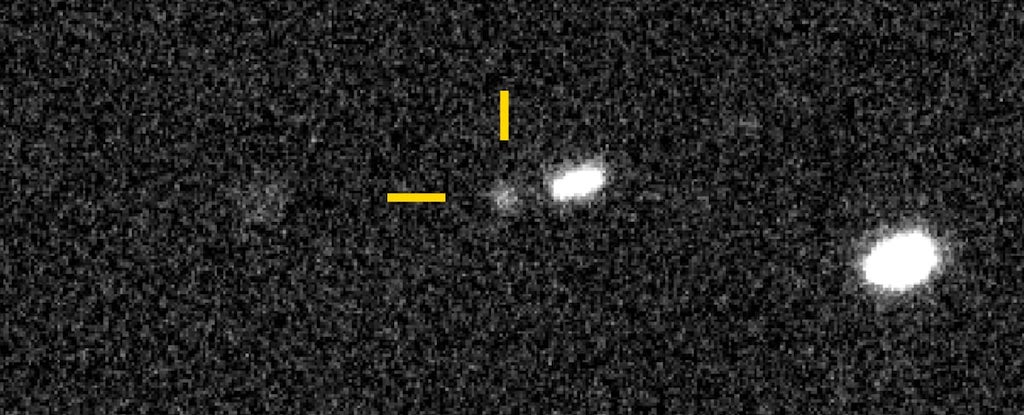Unprecedented Snapshot of Planet Formation
Introduction
Astronomers have made a groundbreaking discovery that gives us a glimpse into the earliest stages of planet formation. Using NASA's Webb Space Telescope, a team of Dutch-led researchers have captured the birth of planets around a young sun-like star outside our solar system. This unprecedented snapshot provides valuable insights into the formation of new worlds and the conditions necessary for life to develop.
Key Details
The star, named TYC 8998-760-1, is located approximately 300 light-years away in the constellation Musca. The team observed a rocky disk surrounding the star, which is the perfect environment for the formation of planets. This disk is made up of gas and dust particles, which begin to clump together and eventually form into larger bodies. The process of planet formation is a slow and complex one, but this snapshot gives us an invaluable look at the beginning stages.
Impact
This discovery has major implications for our understanding of the universe and the potential for finding other habitable planets outside our solar system. By studying the formation of planets, we can gain a better understanding of how our own planet was created and the unique conditions that allowed for the development of life. This also opens up new possibilities for future research and exploration, as well as the potential for finding other Earth-like planets with the potential for sustaining life.
About the Organizations Mentioned
NASA
The National Aeronautics and Space Administration (NASA) is the United States’ premier civil space agency, responsible for the nation’s civilian space program, aeronautics research, and aerospace technology development[1][2]. Headquartered in Washington, D.C., NASA operates ten major field centers across the country and employs nearly 18,000 civil servants, supported by an extensive network of contractors, academic institutions, and international partners[1][2]. Since its establishment in 1958, NASA has revolutionized humanity’s understanding of the cosmos, pioneered technological advancements, and shaped global space policy. ## History and Key Achievements NASA was created in response to the Soviet Union’s 1957 launch of Sputnik, with the goal of ensuring U.S. leadership in space exploration. It succeeded the National Advisory Committee for Aeronautics (NACA) and quickly became the driving force behind iconic programs such as Project Mercury (America’s first human spaceflight program), Project Gemini (which developed techniques for space rendezvous and extravehicular activity), and the Apollo program, which landed astronauts on the Moon between 1969 and 1972[1]. The agency also developed the Space Shuttle, the world’s first reusable spacecraft, and built the International Space Station (ISS), a symbol of international collaboration and scientific research[1][5]. NASA’s robotic exploration has been equally transformative, with over 1,000 uncrewed missions investigating Earth, the Moon, Mars, and beyond. The agency’s fleet of observatories—including the Hubble Space Telescope and the James Webb Space Telescope—has provided unprecedented views of the universe, from the birth of stars to the detection of exoplanets[1]. The Perseverance rover is currently searching for signs of ancient life on Mars, while New Horizons explored Pluto and the outer solar system[1]. ## Current Status and Notable Aspects Today, NASA is advancing the Artemis program, aiming to return human








